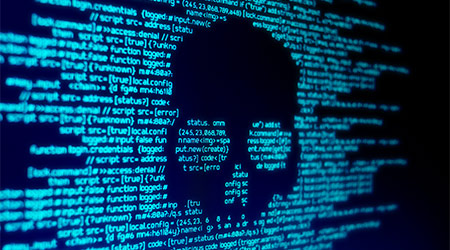As healthcare organizations continue to treat growing numbers of patients with COVID-19 and organize distribution of vaccines to control the illness, they are under attack. Many organizations’ resources are overextended, making them more vulnerable to cyberattacks. Malicious actors see this health crisis as an opportunity — calculating that when thousands of people are dying every day during the pandemic, hospitals will have no choice but to give in to their demands, according to Security.
One thing that makes hospitals more vulnerable today is the extraordinary increase in connected medical devices. Network-connected medical devices — including blood pressure devices, infusion pumps, MRIs, CT scanners, and ultrasounds — enable better patient care. But they also make these devices vulnerable to attack.
Healthcare providers today need holistic solutions that bridge these often siloed organizations and automate tasks for overworked departments. IT managers can take proven steps to thwart attacks, protect their infrastructure, and keep their focus on patient care.
For example, managers can track connected devices on their networks. Continuous visibility into every unmanaged and IoT device that connects to a network is of paramount importance. Managers cannot protect what they can’t see — and an unknown device is likely the weakest point of entry.
Click here to read the article.

 Grounding Healthcare Spaces in Hospitality Principles
Grounding Healthcare Spaces in Hospitality Principles UC Davis Health Selects Rudolph and Sletten for Central Utility Plant Expansion
UC Davis Health Selects Rudolph and Sletten for Central Utility Plant Expansion Cape Cod Healthcare Opens Upper 2 Floors of Edwin Barbey Patient Care Pavilion
Cape Cod Healthcare Opens Upper 2 Floors of Edwin Barbey Patient Care Pavilion Building Sustainable Healthcare for an Aging Population
Building Sustainable Healthcare for an Aging Population Froedtert ThedaCare Announces Opening of ThedaCare Medical Center-Oshkosh
Froedtert ThedaCare Announces Opening of ThedaCare Medical Center-Oshkosh